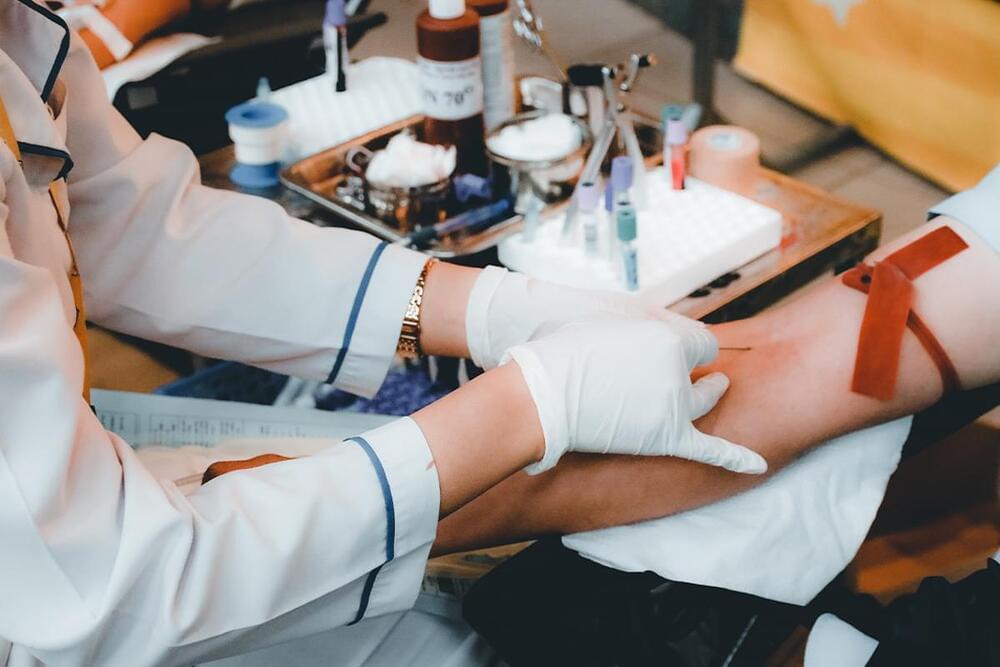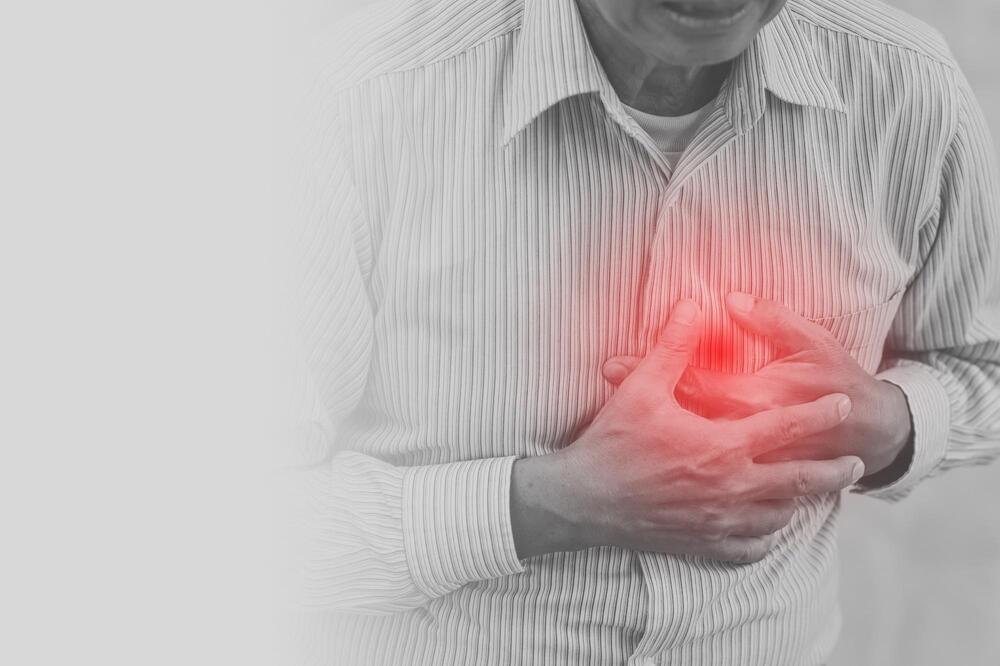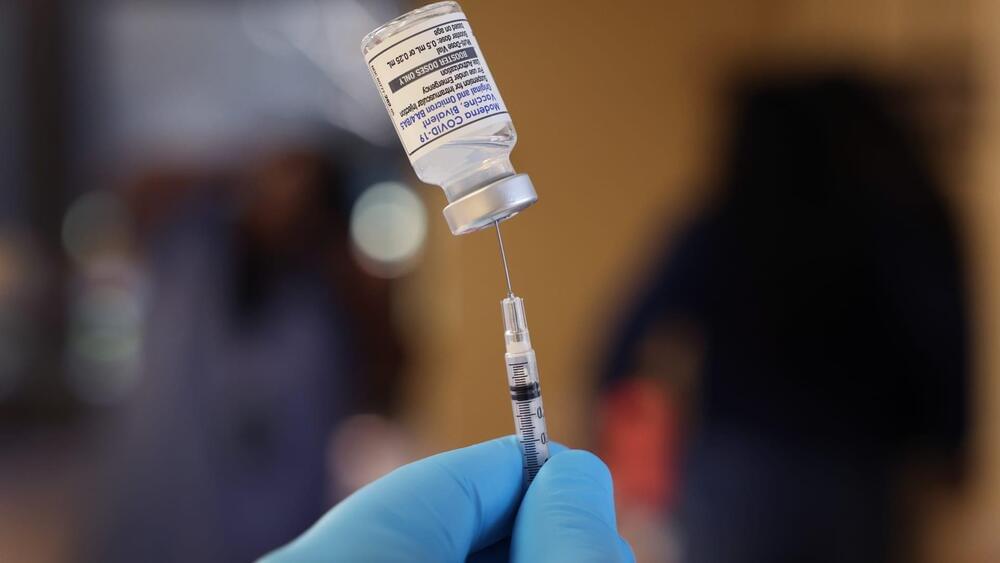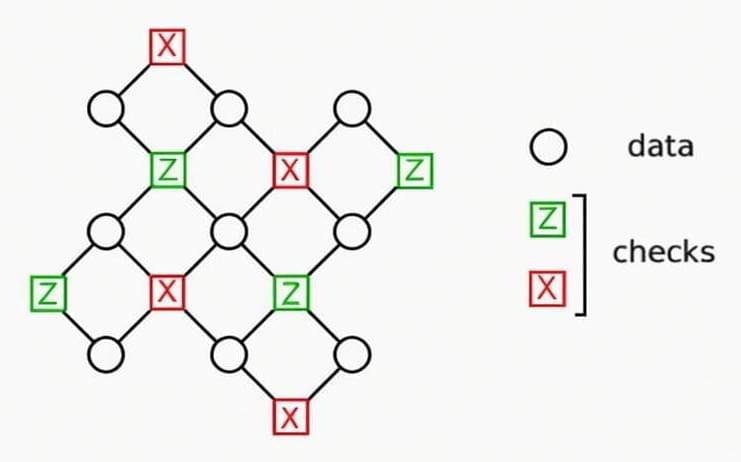A new blood-based diagnostic test could be a major advancement for the treatment of Parkinson’s, a disease that afflicts 10 million people worldwide and is the second-most common neurodegenerative disease after Alzheimer’s.
Building on the knowledge that mitochondrial dysfunction plays a prominent role in the pathogenesis of Parkinson’s a team of researchers, led by neuroscientists at Duke Health, have developed an assay that enables the accurate, real-time quantification of mitochondrial DNA damage in a scalable platform [1]. The results of the study, which received support in part from The Michael J Fox Foundation for Parkinson’s Research, have been published in the journal Science Translational Medicine.
“Currently, Parkinson’s disease is diagnosed largely based on clinical symptoms after significant neurological damage has already occurred,” said senior author Laurie Sanders, PhD, an associate professor in Duke School of Medicine’s departments of Neurology and Pathology and member of the Duke Center for Neurodegeneration and Neurotherapeutics.








